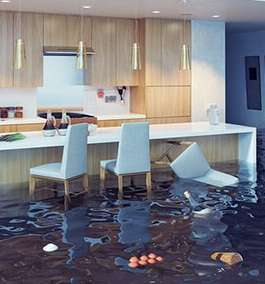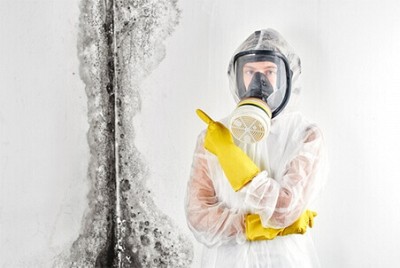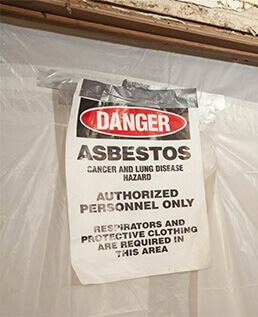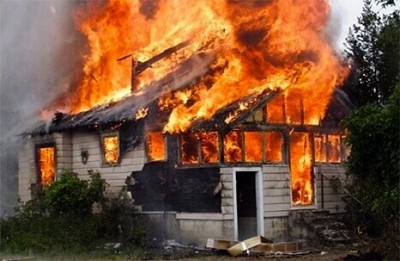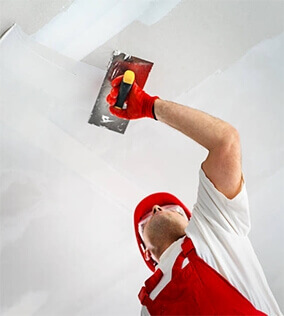Most Common Place You May Find Black Mold Growing in Your Home
Posted in Mold Removal, on June 30, 2025
Mold is a tricky invader, as its spores can sneak into your home through cracks, crevices, open windows, and more without causing any problems or even requiring mold removal in Barrie. But once the conditions that facilitate mold growth are present, like water damage in Barrie or basement flooding and blocked ventilation, infestations can start to grow quickly, compromising your air quality and...
Read More


